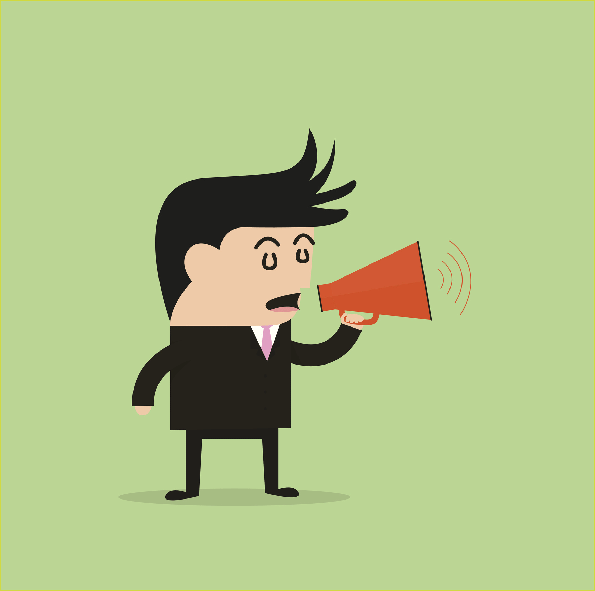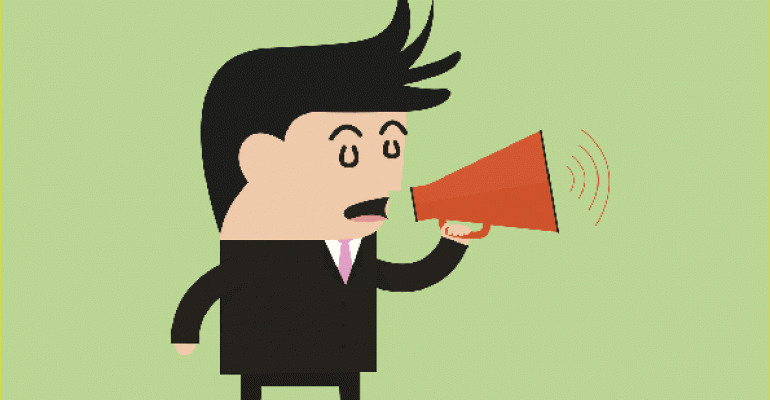 Attention is a drug, as my brilliant friend once said. It’s always been a particularly potent one, but today’s social media quick-hit shares, comments, likes, and messages have sparked an outright epidemic of attention-craving that borders on addiction. Case in point: The landslide of oversharing of every intimate, sometimes tragic, often graphic detail with Facebook “friends”—whether you actually know these people or not.
Attention is a drug, as my brilliant friend once said. It’s always been a particularly potent one, but today’s social media quick-hit shares, comments, likes, and messages have sparked an outright epidemic of attention-craving that borders on addiction. Case in point: The landslide of oversharing of every intimate, sometimes tragic, often graphic detail with Facebook “friends”—whether you actually know these people or not.
And now that same kind of “gotta get it online” addiction is spilling over into the world of conferences and events. Meeting room walls are plastered with hashtags, Instagram handles, Twitter birds, big ol’ Facebook thumbs-up icons, and selfie promotion stations.
I confess—it can be cool. It can raise the awareness of your event, your cause, your organization, and your social clout immensely. And then there’s that little high that happens when you see your event—dare I say it?—trending.
This craving for attention is not a terrible thing. All humans require attention; our brains are wired that way. Hashtags and social streaming can be a great way to connect people after the conference is over, to share ideas and all the awesome things that are being taught.
The problem comes when that need for attention careens dangerously over the edge. When people focus more on seeking attention on their smartphones, tablets, and laptops than on paying attention to the amazing speaker who is delivering life-affirming, career-catapulting greatness—Houston, we have a problem. They are missing the moments, the meat of the message, the nuances of the strategies that have been hand-tooled to meet their specific needs.
As a keynote speaker for corporate audiences and associations around the globe, I know that producing an out-of-this-world event that will have people buzzing and excited about changes long afterward comes down to getting, and keeping, the audience’s attention.
Do I Have Your Attention?
Here are some ideas on how you can help your audience get the full value from their time in those conference halls:
1. Make sure people know how to connect before and after the event. Provide easy access to a site that houses the highlights, downloads, speaker handouts, and connection tools people crave so they don’t have to spend all their time during the session sharing online or taking copious notes.
2. Put a staff member in charge of sending out highlights across social media channels with specific hashtags that audience members can search after the event.
3. Have your speaker or emcee address the issue up front. Perhaps have them says something like, “We can’t wait to see everyone online and watch the messages we are delivering start to take root as you share them with the world. Our team and our speakers love to read through your tweets and pictures post-show to see what really resonated with you. We also hope that you’ll dig in and truly be in the moments with our speakers today because what they’ve brought and what they are here to share should be savored like a gourmet meal. Here’s what we’ll do: Our social media team is ready to fire out all the awesomeness for you to relive later using hashtag #awesomesauce.
4. Gently remind audiences that screen glow can be distracting in dark rooms.
Three Prescriptions for Attention Addiction
1. See people.
Truly, we all want and need to be seen and heard. My five-year-old friend Donovan reminded me of this when he grabbed my cheeks in both little hands and demanded, “Neen, listen with your eyes!” How’s that for insight? Ask yourself: Does your team get your complete attention when they walk into your office, or do you stay disengaged? Does your family get your undivided attention when you get home or are you checking today’s Facebook posts? Bottom line? If the people we care about don’t feel seen, they’ll seek attention somewhere else.
2. Stop the drama.
I am allergic to drama. Seriously, I have a zero-tolerance policy. Friends laugh at how boring my life is compared to some things we see online. I like it that way. It’s healthier. Happier. Make your life, work, and home a no-drama zone. It’s a powerful way to better see and hear the people that matter the most to you.
3. Create significant moments.
Every day, explore ways to help people feel that they matter. A handwritten note. A smile for a stranger. A compliment for your barista. A thank you to your security guard. A shout-out to a team member on email, or a thank-you gift to a client. Personal attention gets results. Look for ways to help people feel significant. Who needs reminding they matter to you?
Feel free to share. With your family. Your team. Your friends. I love working with meeting planners. I’m so insanely impressed with the way some of you pay absolute attention to the details and the people as you put on the “shows” big and small. I hope your next event is not just “tweetable,” but also powerful, exciting, and filled with connective, inspired moments. That’s where the magic is!






